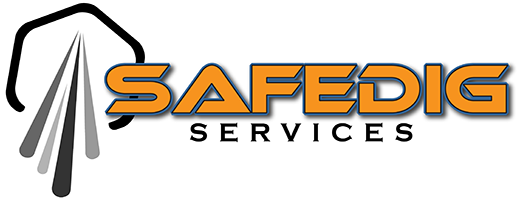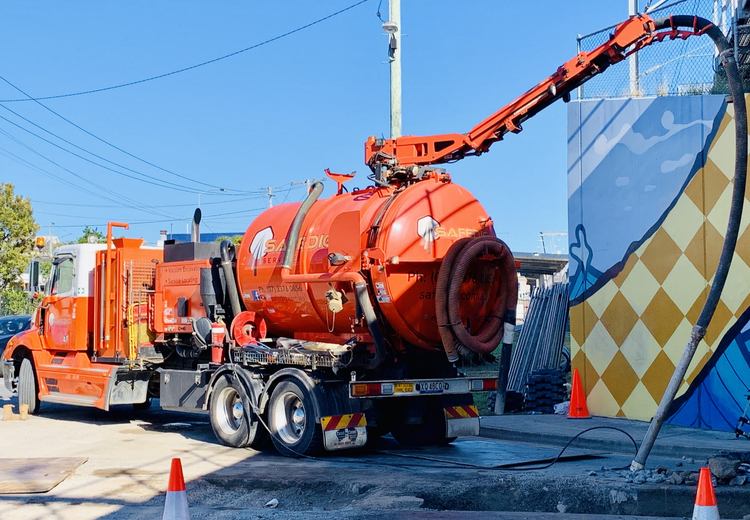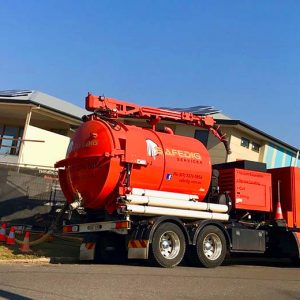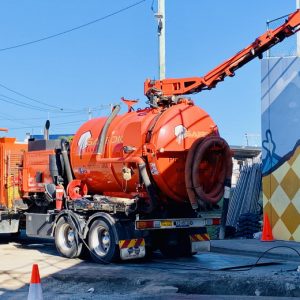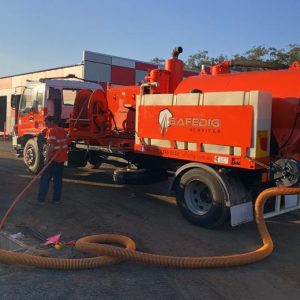Excavation work has always been problematic. Whether it is something as simple as planting a tree in your yard or as complicated as a remediation project anytime you start to break soul with traditional methods there are risks and safety issues that must always be taken into account. The pick and shovel method often expose people to dangerous working conditions and is a labour-intensive method to move soil. It has often been employed as a method of last resort though when working space is limited.
Heavy equipment like track hoes, backhoes and excavators cannot avoid contributing to noise pollution, air pollution and environmental damage to some extent. Added to these risks is the ever-present danger of damaging utility pipes and cabling or causing irreparable harm to heritage flora. In the proper environment, they are capable of moving a large amount of earth quickly but generate a lot of airborne particulate matter and require space to operate and an area to deposit the material they move causing further unsightly damage to their surroundings. Of course, this was all before the development of vacuum excavation methods and the specialized equipment it employees.
As with any earth moving procedure, vacuum excavation is not necessarily the best option under all circumstances but when properly employed, in the correct manner, by trained professionals it can bring distinct advantages to some portion of virtually any excavation site.
What is vacuum excavation
Vacuum Excavation is also known as hydro excavation or non-destructive digging and is a very simple process to understand. Most people, at some point in their lives, have seen the same principle displayed from a common garden hose. You spray it on the ground and you end up with a muddy hole. Non-destructive digging applies this same principle on a much larger scale.
Unlike more traditional methods of digging, it doesn’t rely on the impact power or the cutting force that can be generated by hydraulic or pneumatic machinery but it does have the ability to move massive amounts of earth quickly. Nor does it require the muscle power of hand digging yet it can provide even better precision and safety around obstructions.
Vacuum excavation uses precision jets of high-pressure water to loosen and move clay, sand, rock and soil. Almost all underground utilities are impervious to water so there is no need to worry about damaging any piping or cables that may be buried in the area. Because hydro excavation uses dirt’s natural tendency to absorb moister and then flow rather than a cutting process there is also no need to worry about damaging the root systems of trees or even most larger shrubbery.
As the water jet breaks up and combines with the soil contents it flows and is then vacuumed out of the excavation and into a holding truck. This eliminates the need for there to be unsightly dirt piles that cause further environmental damage.
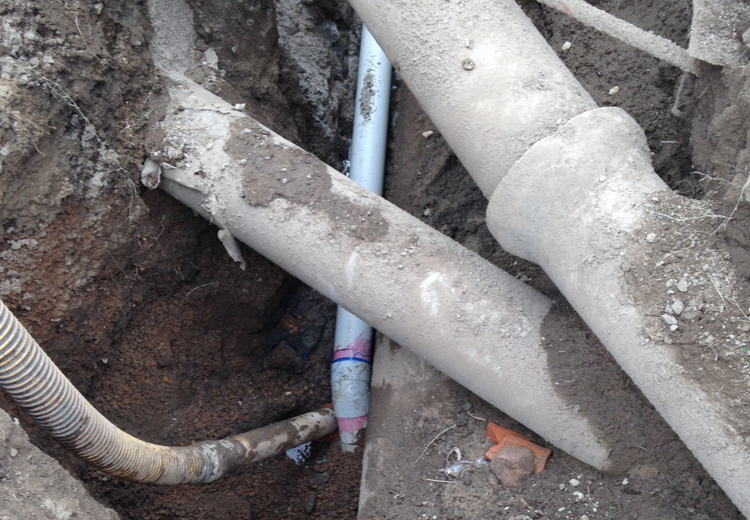
Advantages of hydro excavation
Vacuum excavation offers many advantages over traditional digging methods beyond those listed above. Here is a partial list to give you a few ideas.
- It allows underground assets to be uncovered with minimal disturbance of the surrounding area and next to no chance of causing damage to the works being uncovered. This makes it an ideal process for utility work, especially in congested urban areas.
- Because the pressure head and vacuum hoses can be operated remotely from the dig site there is no need to clear an area or perform demolition work in order to make room for heavy equipment. Making it ideal for locations with minimum available space or where the surrounding property or road face needs to be protected.
- Because it is a wet procedure hydro excavation doesn’t generate the dust and other particulate air pollution that more traditional digging methods cause. For areas where people may allergy or other respiratory concerns this could be a big plus.
- In all but the most extreme excavations, there is no need for personnel to actually enter the dig. This greatly reduces the chances of injuries, lowers liability concerns and increases worker safety.
- Vacuum excavation is up to ten times faster than the traditional hand digging required in areas where underground utility works or root systems that need to be preserved are located. This added efficiency reduces the time to complete a project and will in most cases equate to a cost savings to the end customer.
Why Is Vacuum Excavation Now the Preferred Method of Excavation in Australia? The simple answer is because it is a gentler, more cost-effective, less invasive and safer way of excavating a site. It reduces pollution, minimizes site impact and helps preserve the surrounding environment. In short, it is superior to traditional digging methods in almost any way.
If you need any type of excavation work performed in the Brisbane, Gladstone or Mackay areas contact SafeDig Services for a consultation.
